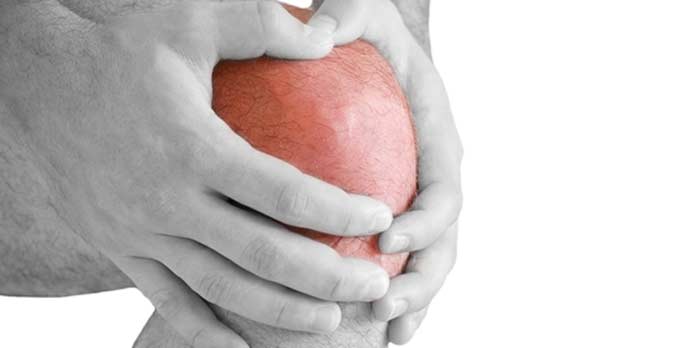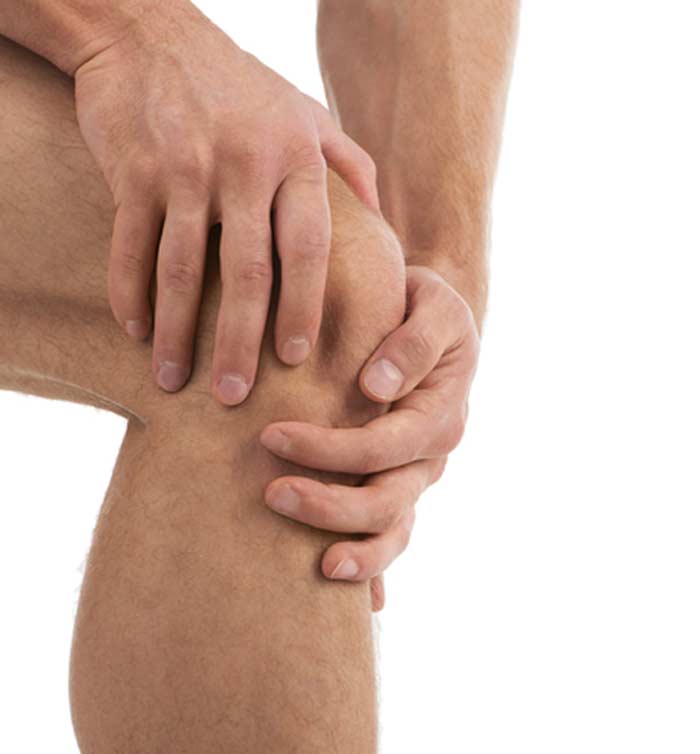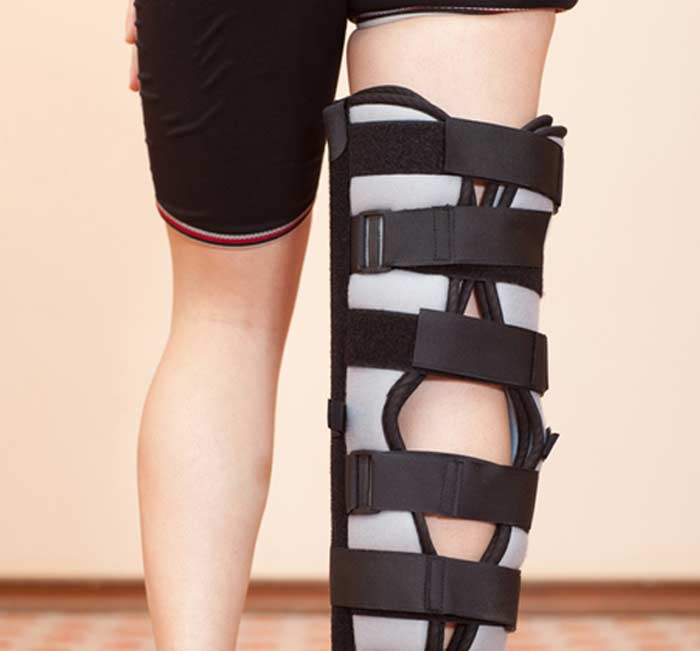
Torn ACLs are most common in soccer, football, downhill skiing, and basketball.
The anterior cruciate ligament, or ACL, along with the posterior cruciate ligament, make up the ligaments that control back and forth motion of the knee.
ACL tears are usually the result of injuries from sports that involve sudden changes in direction, stops, or jumping.
Symptoms
You may actually hear a loud popping sound with an ACL tear, or feel a sensation of popping in the knee. A torn ACL will cause immediate severe pain and you will not be able to continue with the activity. Within a few hours, you will experience swelling in the area. You will experience a loss of the range of motion and a feeling of instability in the affected leg.
Risk Factors
Some people are more likely than others to suffer a torn ACL. Women are more likely to suffer from ACL injuries than men. It is believed that this is because women generally have stronger quadriceps, or muscles in the front of the thigh, than hamstrings, the muscles at the back of the thighs. This imbalance allows the shin bone to move forward, stressing the ACL tendon. Correcting this imbalance through weight training, along with exercises that improve jumping form, may reduce the risk of ACL injuries.


Treatment
You can reduce pain in the area immediately after the injury by using the R.I.C.E. care model. This includes:
- Rest, including general rest and limiting the amount of weight you put on your injured leg.
- Ice, 20 minutes, every two hours that you are awake.
- Compression, using an elastic bandage around your knee.
- Elevation, with your knee propped on a pillow as you lie down.
You and your doctor will discuss various treatment options. For someone who is not very active, plays sports only recreationally or particpates in activites that do not put much stress on the knee, rehabilitation may be enough. Rehabilitation for a torn ACL incudes exercises to reduce pain and swelling in the area, strengthen surrounding muscles, and restore range of motion. You will wear a brace and use crutches for a period of time to avoid putting weight on the knee.
If you are young, active, actively participate in sports or the injury causes your knee to continue to buckle, your doctor may recommend surgery. The surgery involves removing the damaged ligament and replacing it with a section of tendon. Healthy ligament tissue can grow on this tendon. You will need to undergo rehabilitation following surgery to strenthen and stabilize your knee.
Complications
A torn ACL increases your risks of developing osteoarthritis in your knee in later years. This risk is elevated whether you have surgery or only undergo rehabilitaiton. Factors that increase this risk include the degree of injury, other related injuries in the area, and your activity level following the injury repair or rehabilitation.
A torn ACL is a major injury, but it can be successfully treated. With strict adherence to the rehabilitation schedule set forth by your healthcare providers, there is no reason you cannot regain total range of motion and stability in the joint. Once rehabbed, many people go on to resume the activites they enjoyed prior to the injury.
